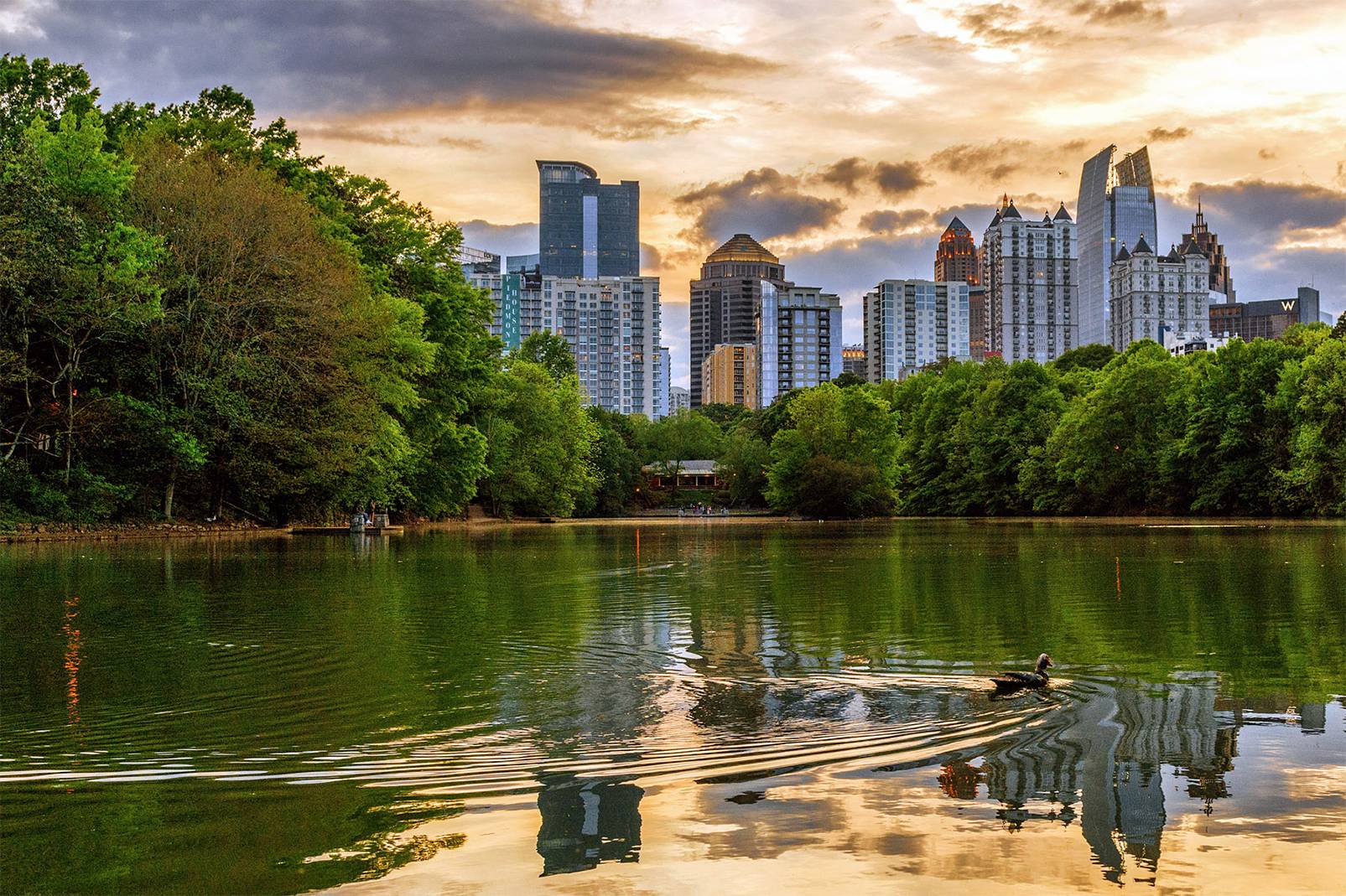
Imagine you’ve just finished a hot summer day and decided to take a dip in a lake to cool off. The water feels warm near the surface, but as you dive deeper, it gets cooler. This phenomenon is just the tip of the iceberg involving lake turnover.
In this brief article brought to you by Aquatic Restoration, we introduce you to the basics of lake turnover, including how it’s caused and why we should care about it. If you’d rather have lake or pond maintenance professionals come out for an investigation, then call Aquatic Restoration to schedule an appointment today.
Lake turnover is a natural process that happens in many lakes and ponds, especially in temperate regions where the seasons change dramatically. Think of it like shaking up a bottle of salad dressing: the oil and vinegar mix together, but when you let it sit, they separate again. In lakes, the “oil” and “vinegar” are like the warm and cool water layers. During turnover, these layers mix together.
Here's how it works: During the warmer months, the top layer of a lake warms up and becomes less dense than the cooler water at the bottom. The cooler, denser water stays at the bottom, while the warmer, lighter water stays on top. As the weather cools in the fall, the surface water cools and becomes denser, sinking to the bottom. This causes the water from the bottom to mix with the water on top. This process is crucial because it helps to mix nutrients and oxygen throughout the lake.
Lake turnover is more than just a cool science phenomenon; it has a big impact on the health of aquatic ecosystems. When the layers of water mix, it can stir up everything that’s settled at the bottom, like dead plant material and decomposed fish. This can release harmful substances like hydrogen sulfide and ammonia into the water, which can be toxic to fish and other aquatic life.

For instance, if a lake has a lot of organic material at the bottom, turnover can lead to a sudden spike in these harmful substances. This can create “dead zones” where fish and other aquatic organisms can’t survive. Additionally, if turnover brings up too many nutrients, it can lead to algae blooms, which can block sunlight and further deplete oxygen levels in the water.
While we can’t stop lake turnover from happening, there are several ways to manage its effects and keep our lakes healthy:
By understanding lake turnover and taking proactive steps to manage its effects, we can help maintain the health of our lakes and ponds. If you’d rather leave the lake or retention pond maintenance to experienced professionals, then call the uniformed specialists at Aquatic Restoration.
Aquatic Restoration is an established business with over three decades of experience serving the Southeast U.S. Call or message us today to get in touch.
Stormwater ponds form a part of modern stormwater management systems. As the name suggests, they collect and manage runoff from…
Sediment buildup is one of the biggest threats to lakes and ponds. It not only impacts water quality but also…
If you own a pond or lake, you know that proactive maintenance is an integral part of keeping the…
If you’ve ever walked outside and noticed your lake suddenly turn a murky shade of green, you’re not alone. Many…
Lakes are vital ecosystems that support wildlife, protect water quality, and enhance the quality of life for surrounding communities. Whether…